Check out frequently asked questions:
151. What does a “Partnership” mean?
152. What is a “Limited Partnership”?
153. What does the “limited liability company (LLC)” means?
154. What is a “Nonprofit Organization”?
155. What does “Cooperative” or (Co-op) mean?
156. What is the difference between a company and a corporation?
157. How long is a trademark published for in Qatar?
158. How long is a trademark published for in Libya?
159. How long is a trademark published for in UAE?
160. How long is a trademark published for in Iraq?
161. How long is a trademark published for in Bahrain?
162. How long is a trademark published for in Morocco?
163. How long is a trademark published for in Lebanon?
164. How long is a trademark published for in Kuwait?
165. How long is a trademark published for in Algeria?
166. How long is a trademark published for in Saudi Arabia?
167. How long is a trademark published for in Yemen?
168. How long is a trademark published for in West bank?
169. How long is a trademark published for in Gaza?
170. How long is a trademark published for in Tunisia?
171. How long is a trademark published for in Jordan?
172. How long is a trademark published for in Egypt?
173. How long is a trademark published for in Oman?
174. Can I register my trademark internationally?
Trademarks are jurisdictional rights, so you have to protect your trademark in each country you would like to use or protect the trademark in. There is a way to protect your trademark internationally, called the Madrid system; however, you still need to choose what countries to protect the trademark in, and you have to meet certain conditions to be able to use this system;
- You should be a natural person who is a resident or a national of a Contracting Party to the Madrid Agreement or Madrid Protocol; OR
- You should be a legal entity that is established and has significant operations in a Contracting Party to the Agreement or the Protocol.
Choosing what countries you wish to protect the trademark in is required whether you choose the Madrid route (international trademark application) or the national registration route. Choosing the Madrid route is not always the most effective way to protect your trademark, brand, or logo, as not all countries are party to this system, and depending on the country you are choosing and the trademark, it may be more expensive, less effective, or more time consuming to utilize the Madrid system route.
Read More175. What countries allow international trademark registration?
176. What is the difference between a brand and a trademark?
177. Can I use another company's logo on my website?
178. Who Can Sue for Trademark Infringement?
179. Can costs to register a trademark be Capitalized?
Registered trademarks refer to logos, designs, words, symbols, or a combination thereof used by a business to differentiate its products/services or its own identity from others in the market and thus identify the source, quality, and attributes related to products or services. Therefore, registered trademarks are assets of a business. Whether or not registered trademarks can be capitalized (included on the balance sheet) is a question many entrepreneurs ask. As a start, in accounting terms, when we refer to a trademark being capitalized that means it is recorded in the books of accounts (usually under intangible assets in the balance sheet) as an asset depreciates over time. The Financial Accounting Standards Board (FASB) rules, which are a part of the generally accepted accounting principles in the United States, govern the accounting treatment of trademark costs and allow for the capitalization of trademarks. The actual treatment of trademark costs however depends upon several factors: - The method used for developing the trademark (was the trademark acquired or developed? -The useful life of the trademark, -The fluctuations in its fair market value. One quick way for startups to capitalize their trademarks is to allocate the costs incurred to register a trademark as an intangible asset. Usually, intangible assets amortize throughout their expected useful life. However, as trademarks should retain their value forever, trademarks are not amortized. With that said, a company needs to reassess the value of its trademarks annually in case any of the value was impaired due to a brand crisis or otherwise. If the value of a company’s trademark has impaired compared to prior years, then an impairment loss should be recorded to readjust the value on the balance sheet to be reflective of the fair market value of the trademark
Read More180. Do I need to do a trademark search before filing my trademark?
181. I found a trademark similar to mine, Can I still register it?
182. Do I need to register my business name and logo separately?
183. Can I register my own name or family name as a trademark?
184. What are conditions or limitation for registering a trademark in UAE?
In general, to register a trademark in the UAE;
- It should be unique, not descriptive.
- It shouldn’t be offensive against public morals and religions
- It should not contain public symbols (such as flags)
- It should not be a name or titles of third parties cannot be used
- It should not be a direct translation of other well-known marks, which are also not allowed
185. What should I do If I found someone else using the same mark as mine and it’s not registered, who has more rights?
186. Does the protection in UAE extends to the seven Emirates?
187. Can I file a single application covering all the GCC countries including UAE?
188. Is it possible to file a slogan in UAE?
189. What is a statement of use in USA?
190. What is the difference between federal trademarks and state trademarks?
191. Can I protect my trademark in all 52 states?
192. How Long Is A Trademark Published For In the United States of America?
193. When Is a Trademark Protected From In the United States of America?
194. How long is a trademark protected for in the United States?
195. What is the actual use vs the intent to use the requirement?
196. What are the documents required to register a trademark in the USA?
197. When are supporting trademark documents submitted to the USPTO?
198. How long does it take to get a trademark registration in the USA?
199. How are trademarks maintained in the USA?
200. Are there any local peculiarities brand owners should keep in mind when protecting trademarks in the USA?
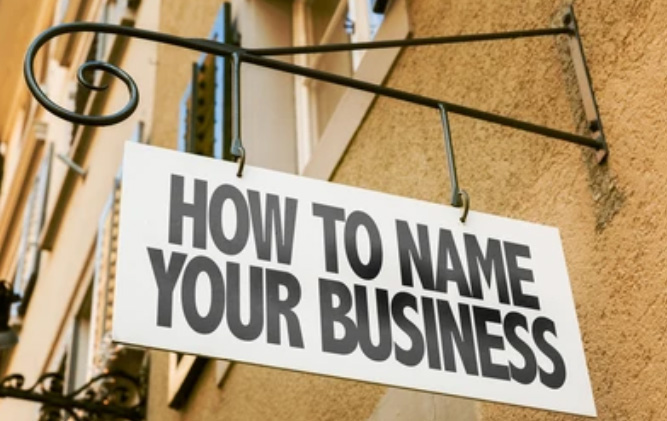
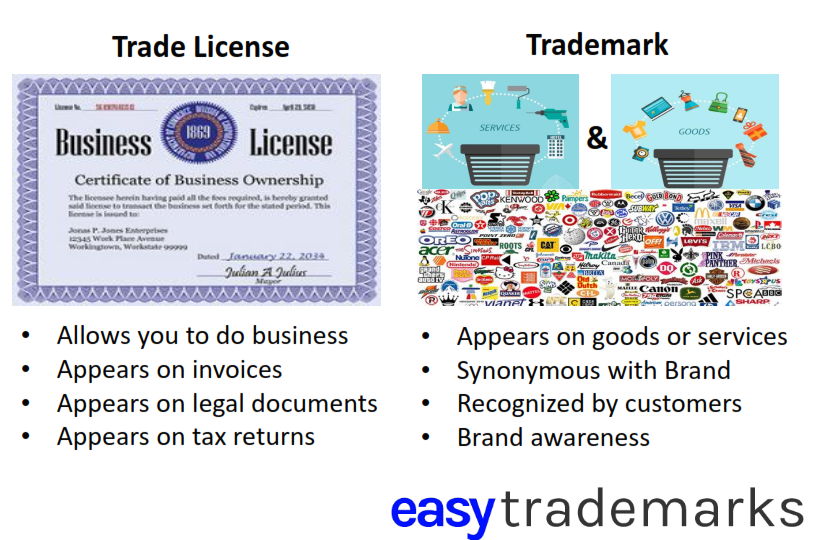
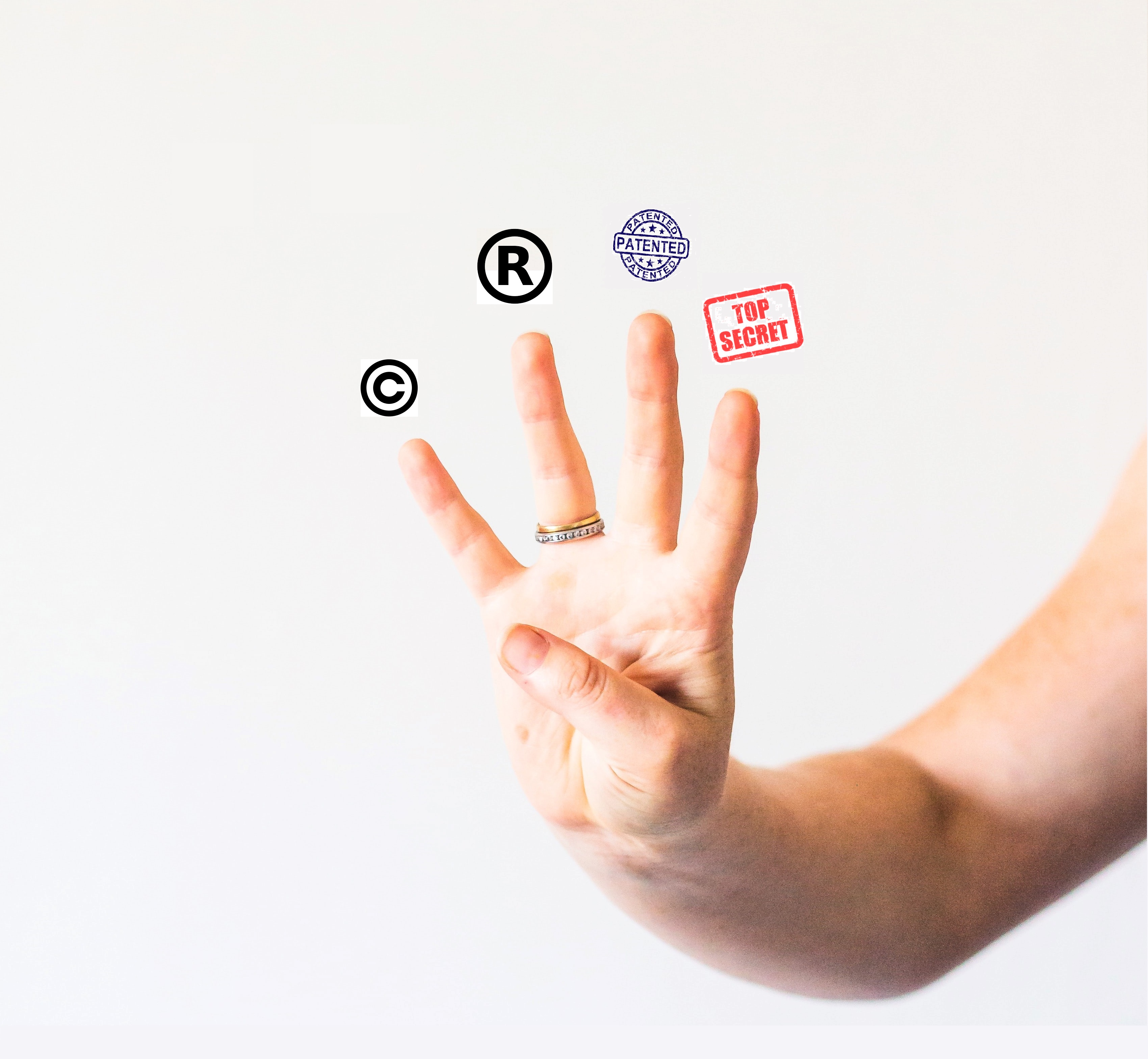

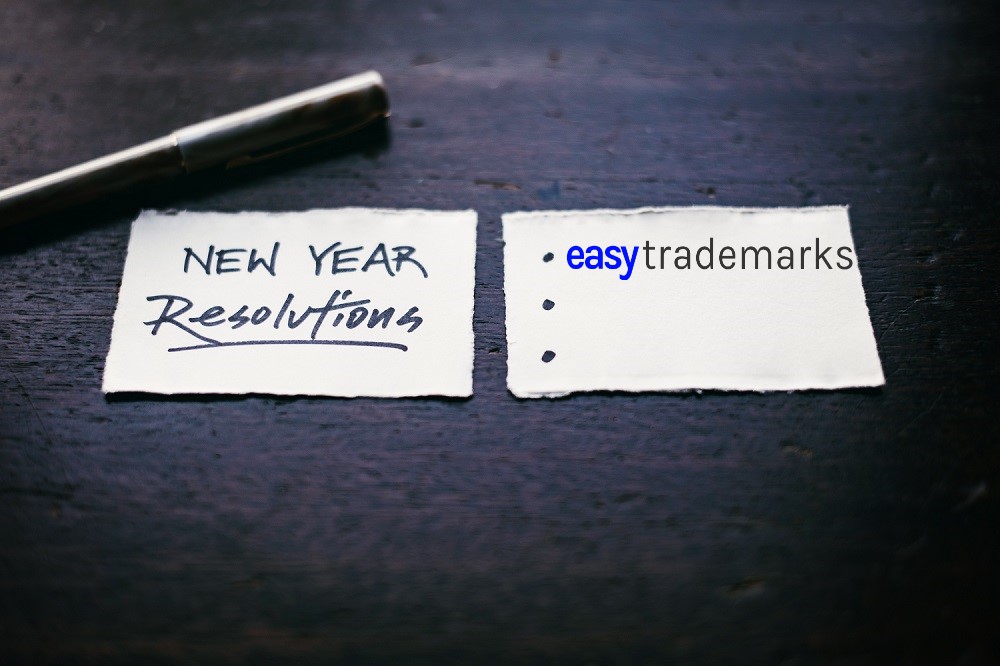


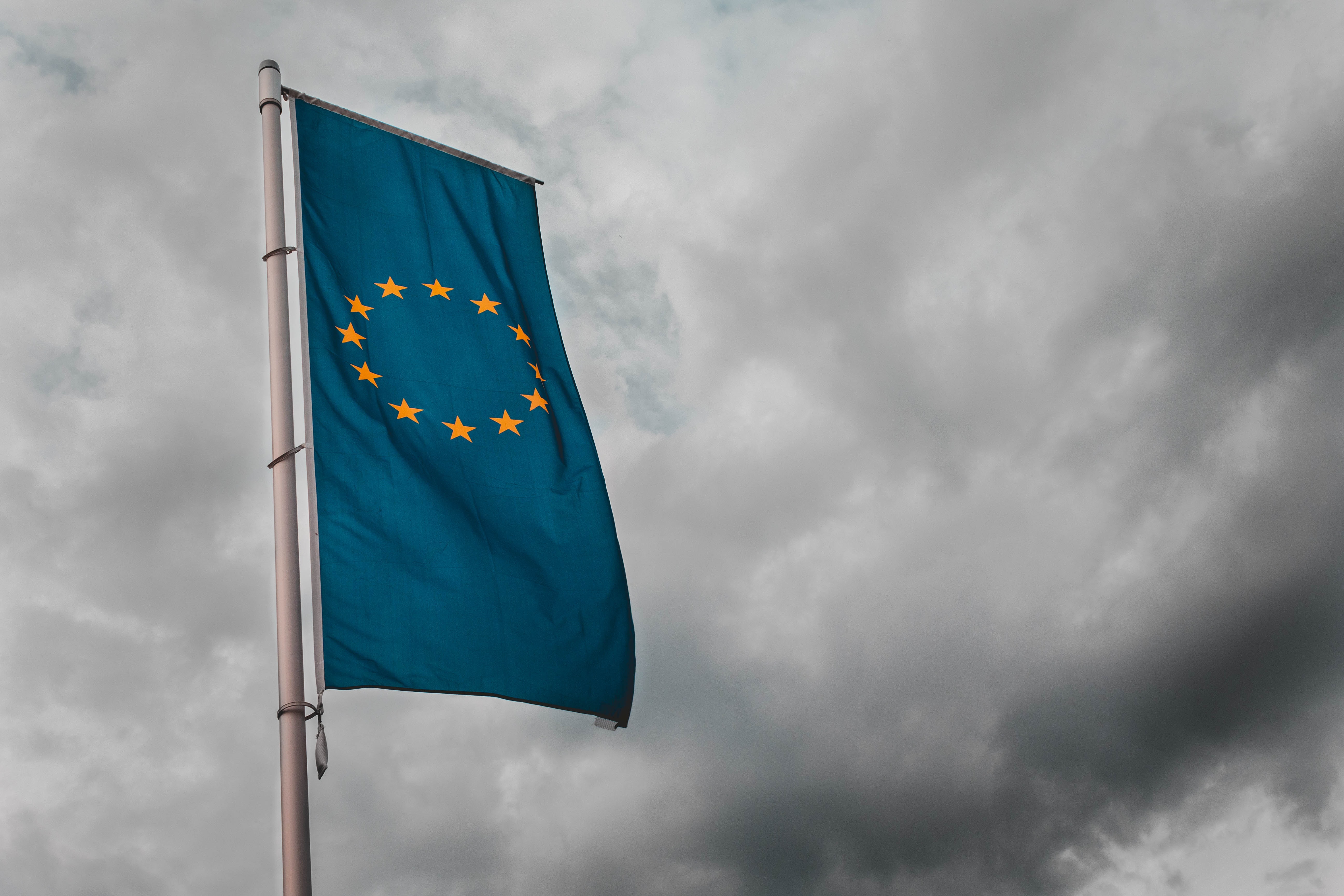


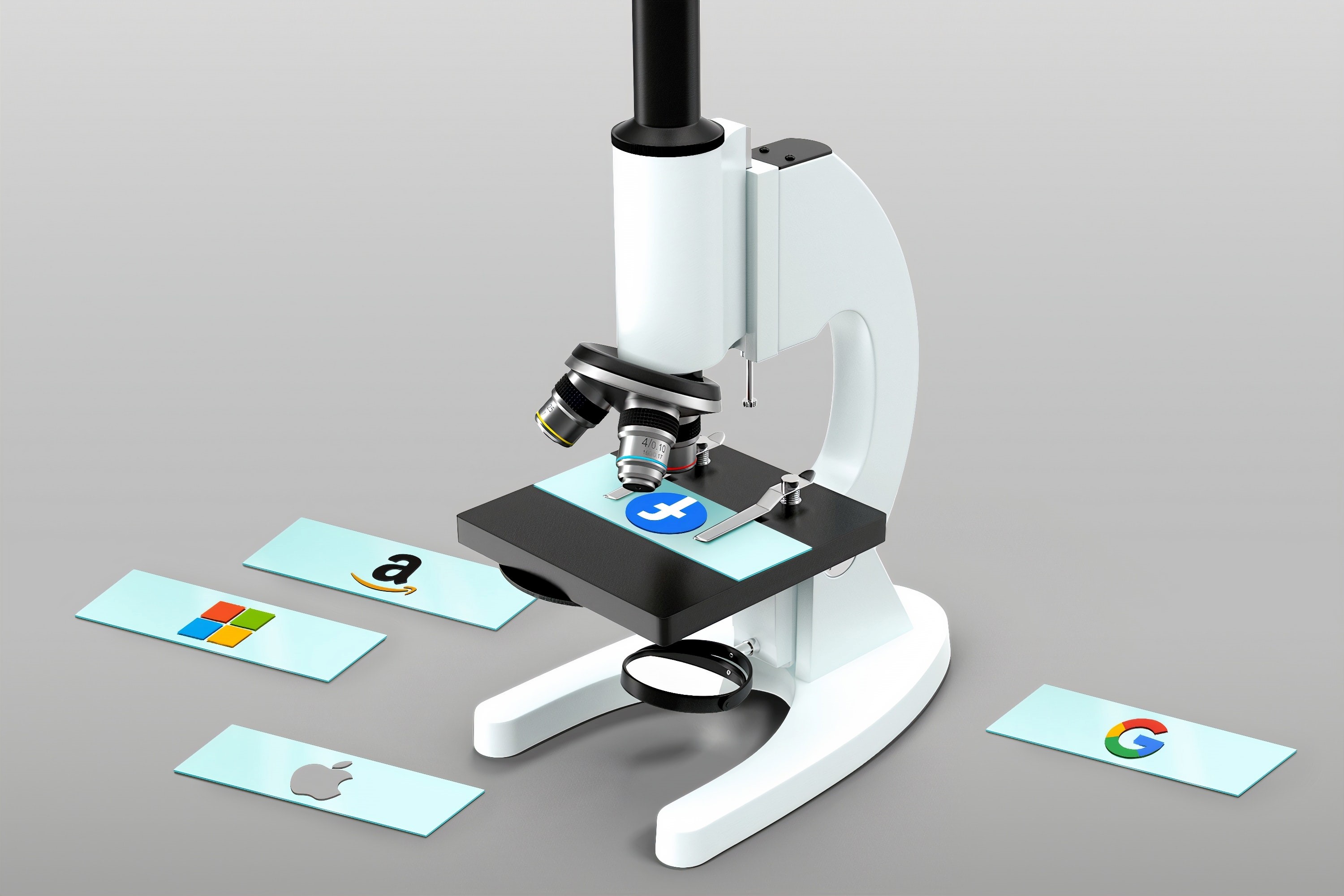


Step 1: The Art of Understanding Your Audience, Value Proposition, and Competition
Read More

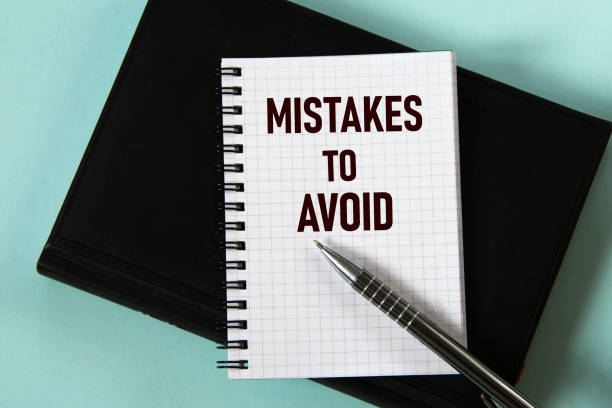

















Securing Your Trademark in the Metaverse: Essential Goods and Services to Register
Read More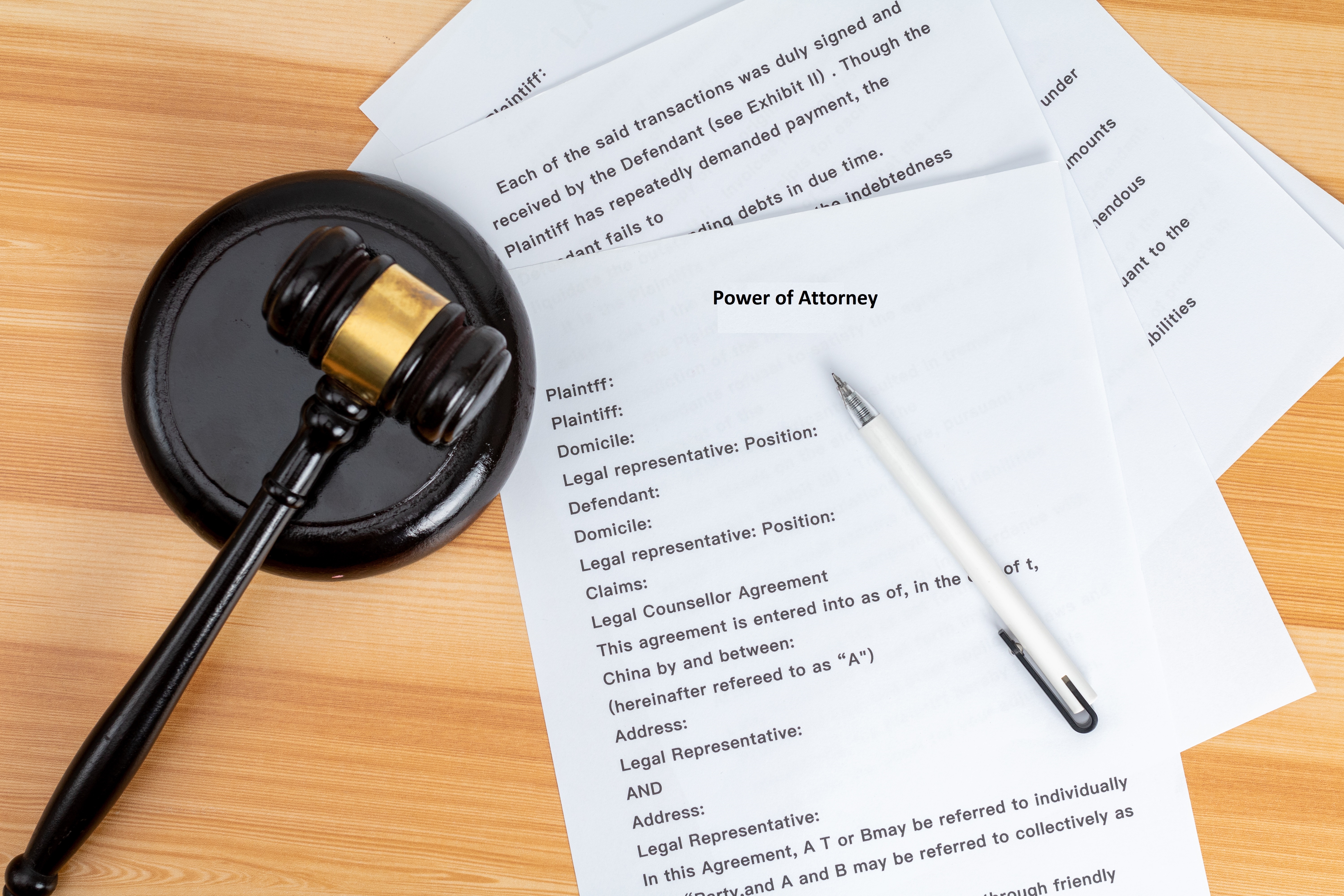
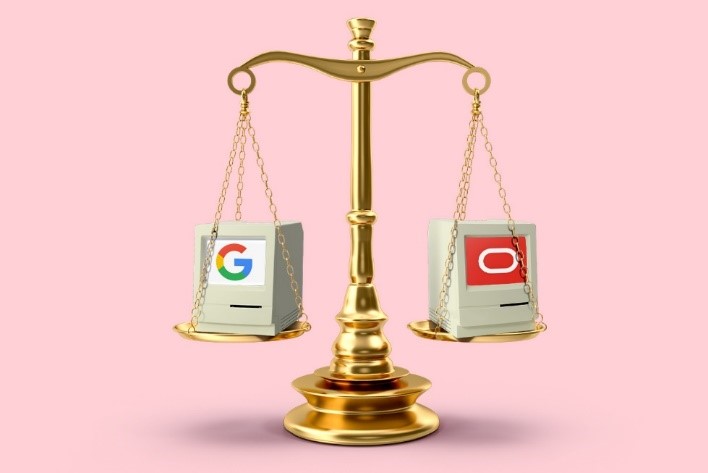
Oracle v. Google: The Landmark Case Shaping Intellectual Property in the Tech Industry
Read More
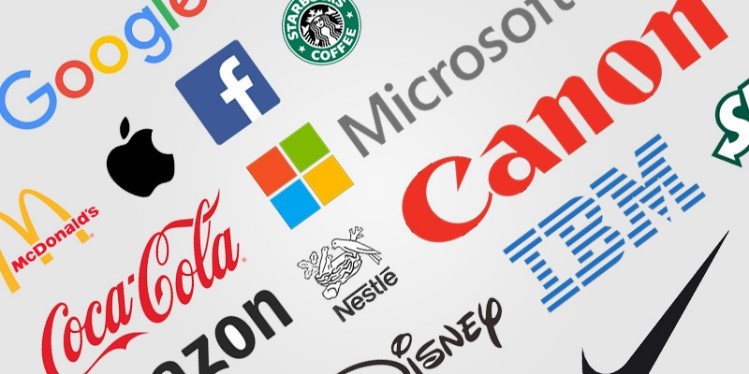
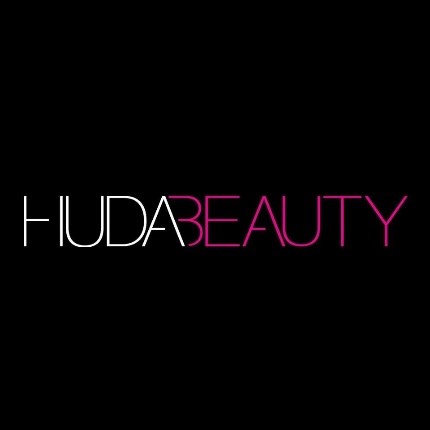
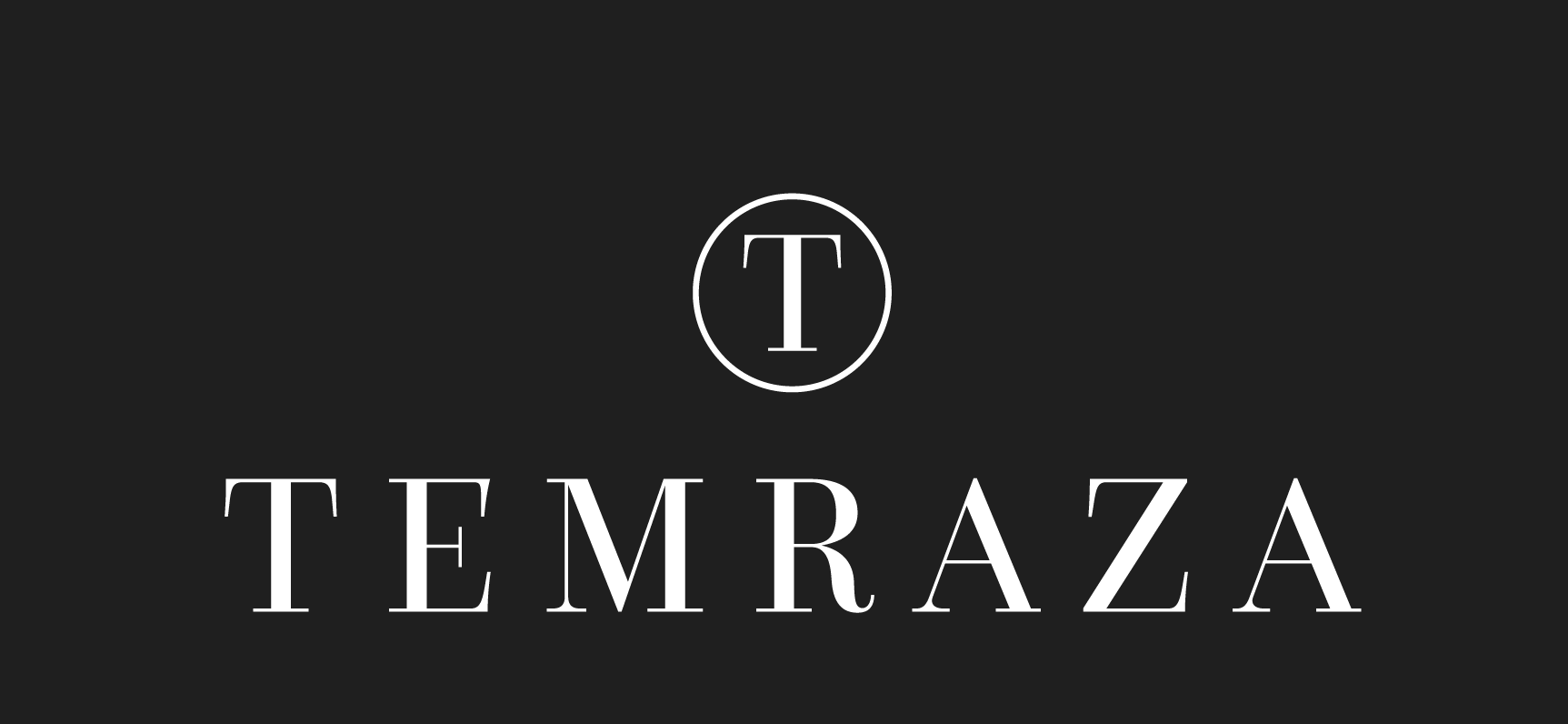



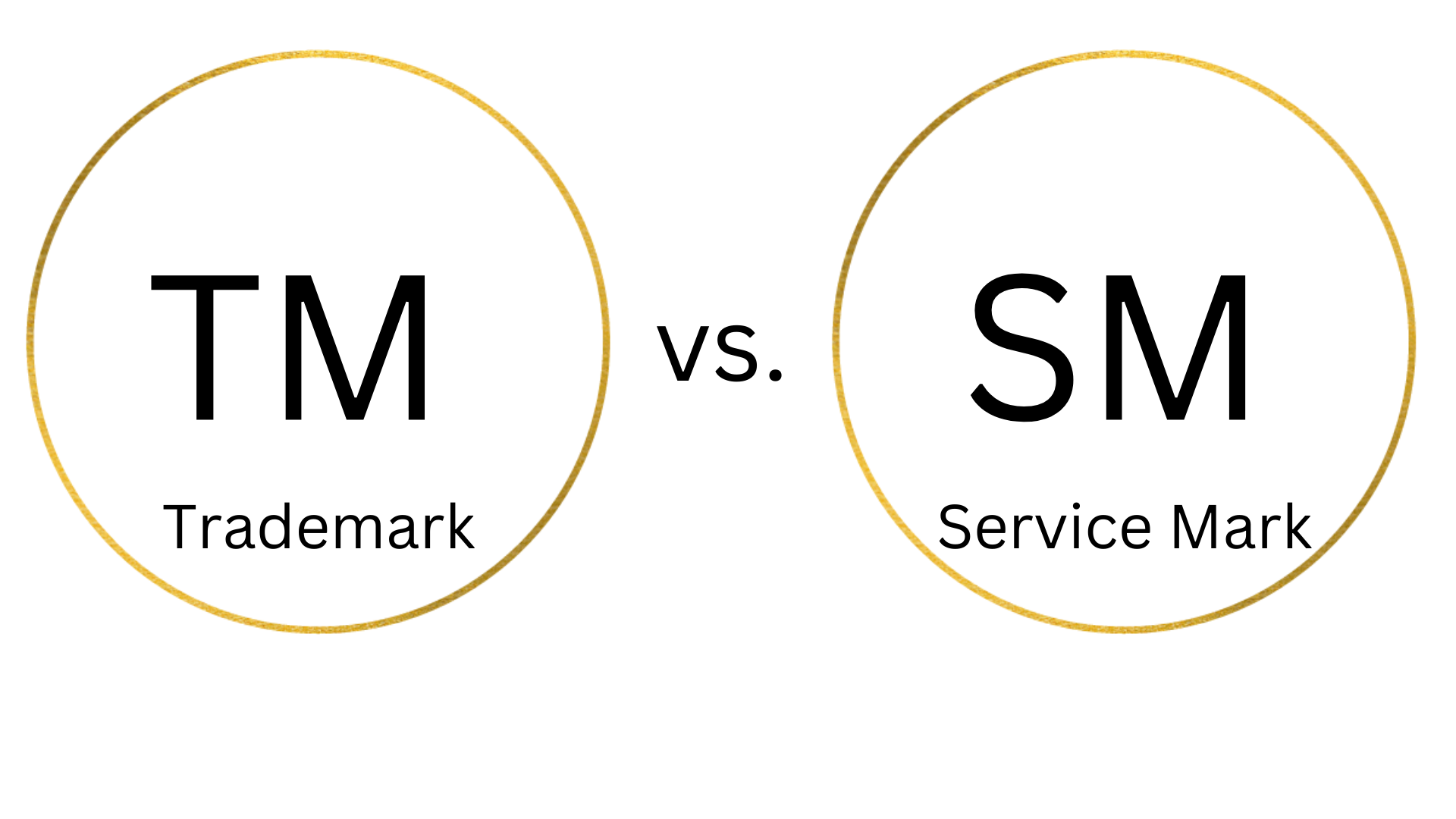

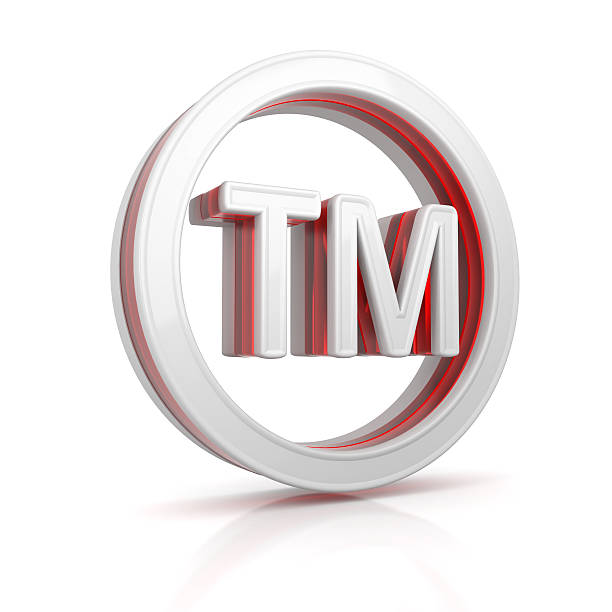

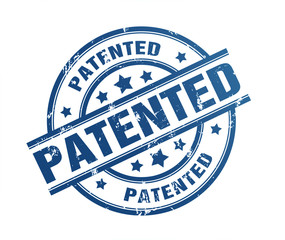
The Essential Guide to Intellectual Property: Patents, Trademarks, Copyrights, and Trade Secrets
Read More


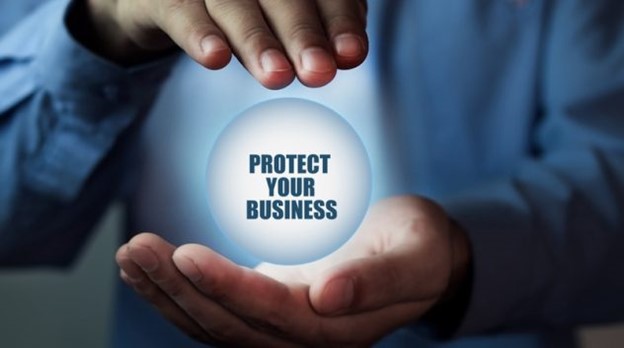
Shielding Your Brand: The Definitive Handbook on Trademark Protection and Intellectual Property Safeguarding
Read More
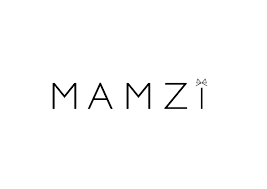


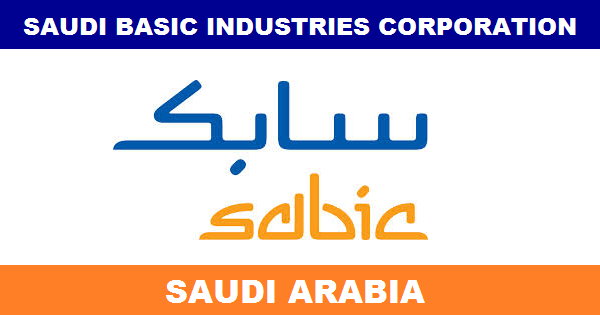
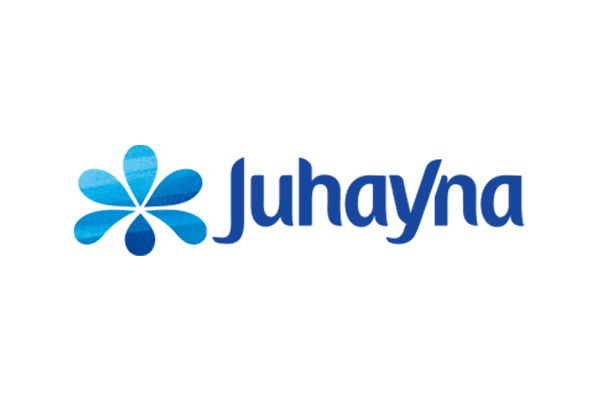
How Did Juhayna Successfully Build Brand Awareness Among Restaurant Owners in Egypt?
Read More
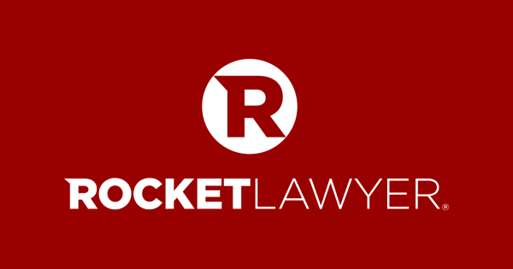

Integreight’s Intellectual Property Strategy: Securing Market Dominance in Egypt's Tech Industry
Read More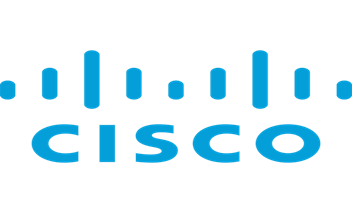

How 'Monopoly: Lifesized' Shows Trademark Licensing Success for Legacy Brands at BLE
Read More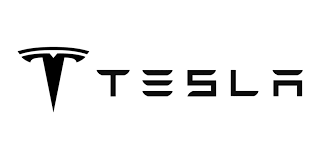

Etisalat: How Intellectual Property Drives Innovation and Leadership in UAE Telecommunications
Read More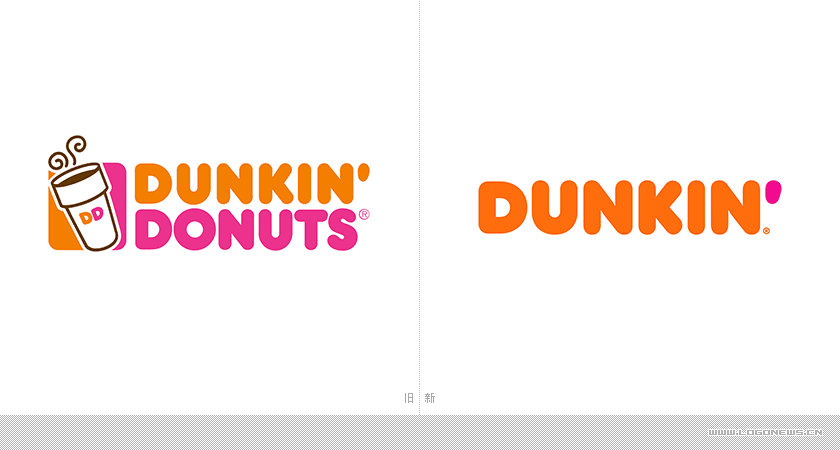
How Dunkin' Leveraged Intellectual Property to Strengthen Its Franchise Strategy in the USA
Read More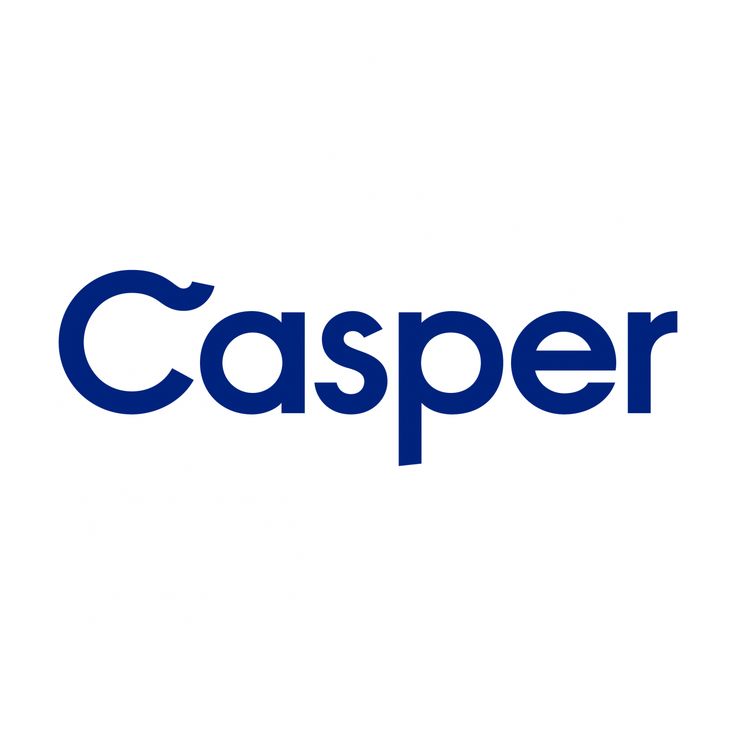
How Casper's Trademark Registration Fueled Its Rise in the Competitive Mattress Market
Read More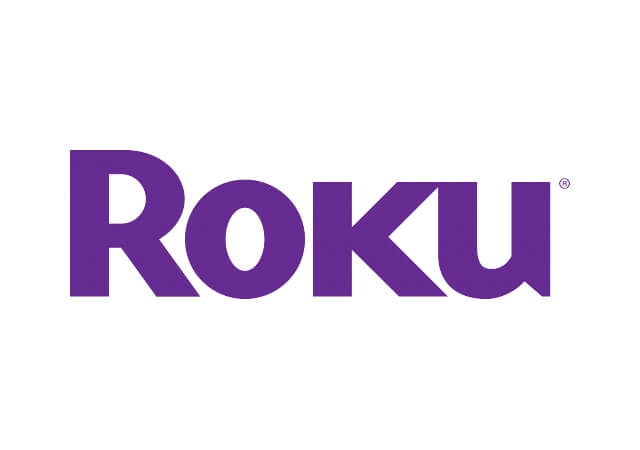
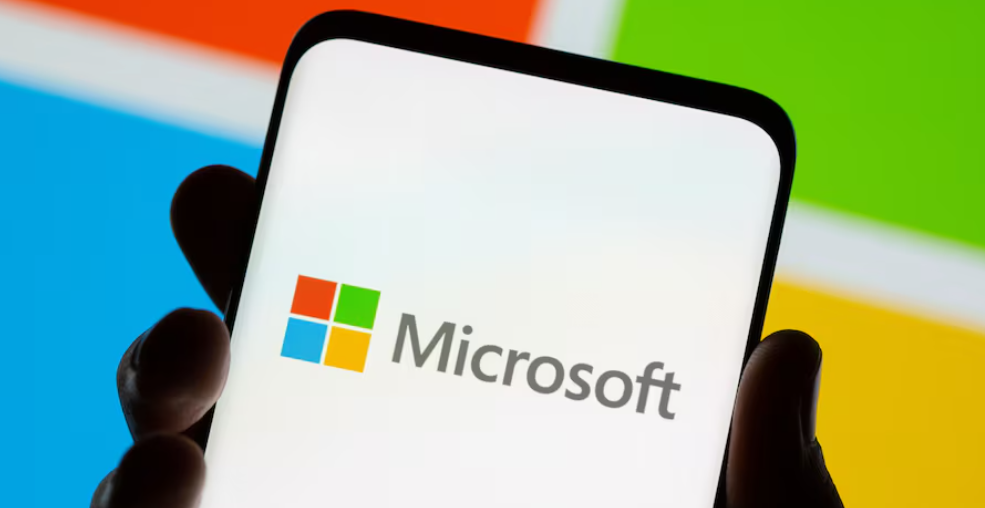

Curious to learn more?
Let's chat! Our team of experts are here to answer any questions you have
Email us License our tech Set up a meeting

